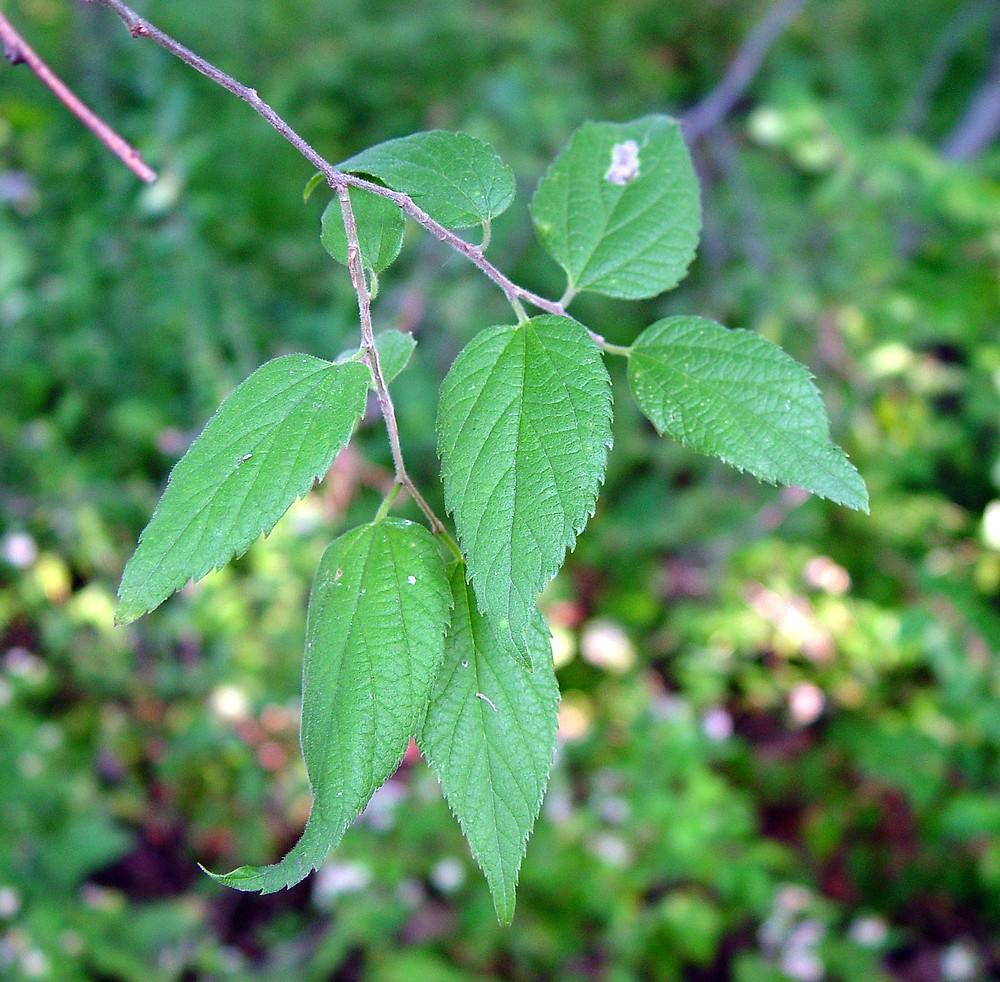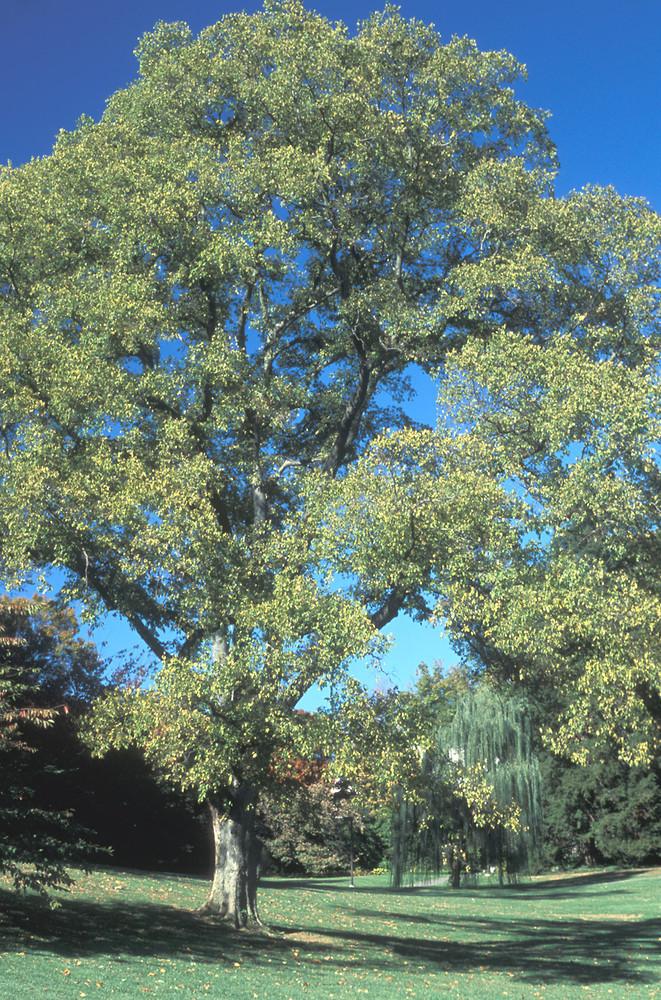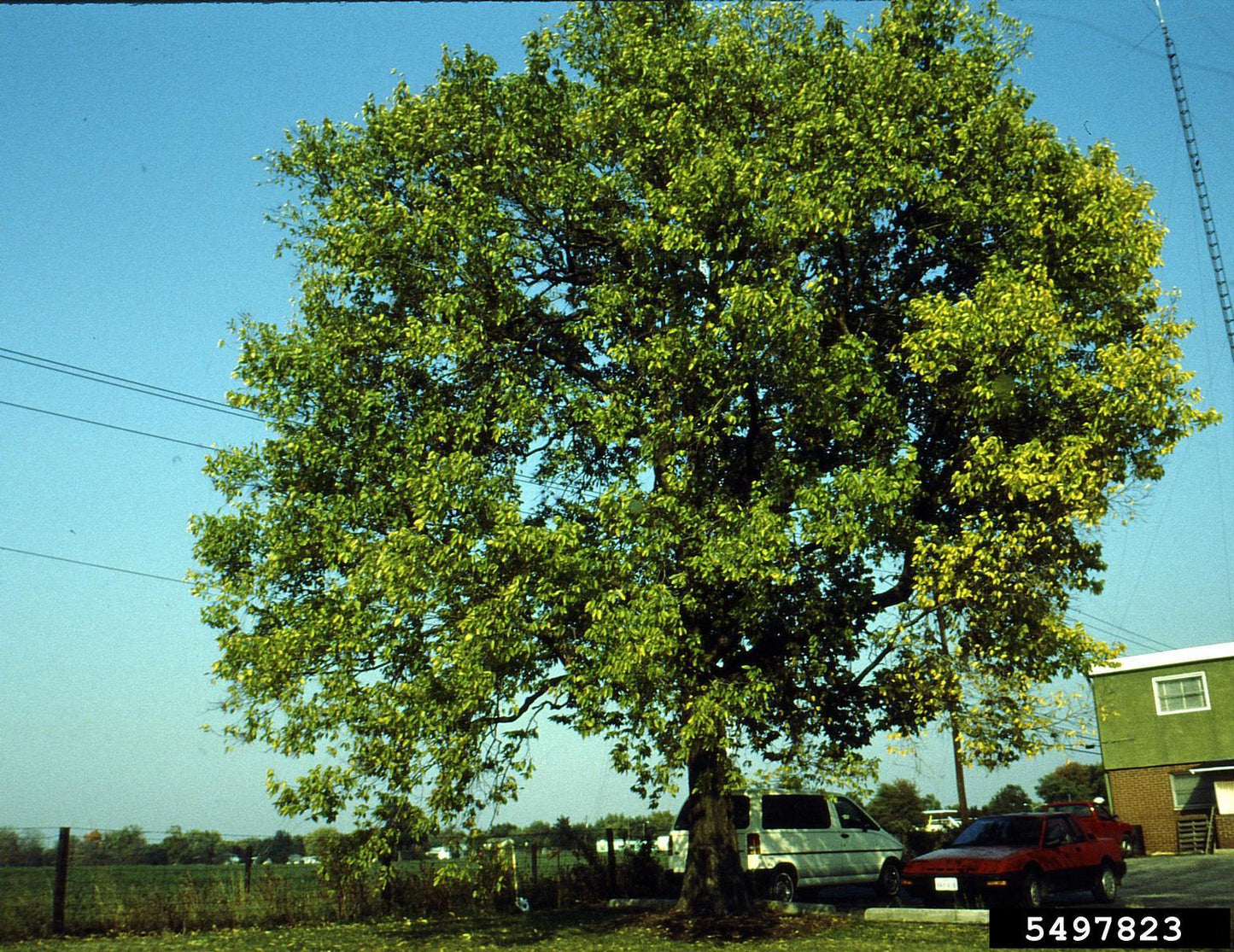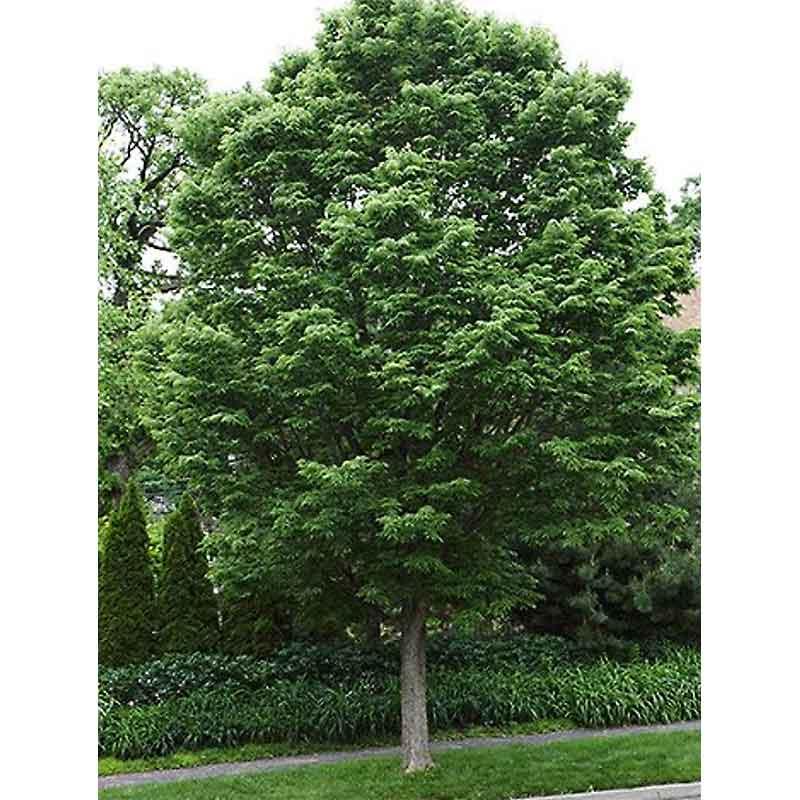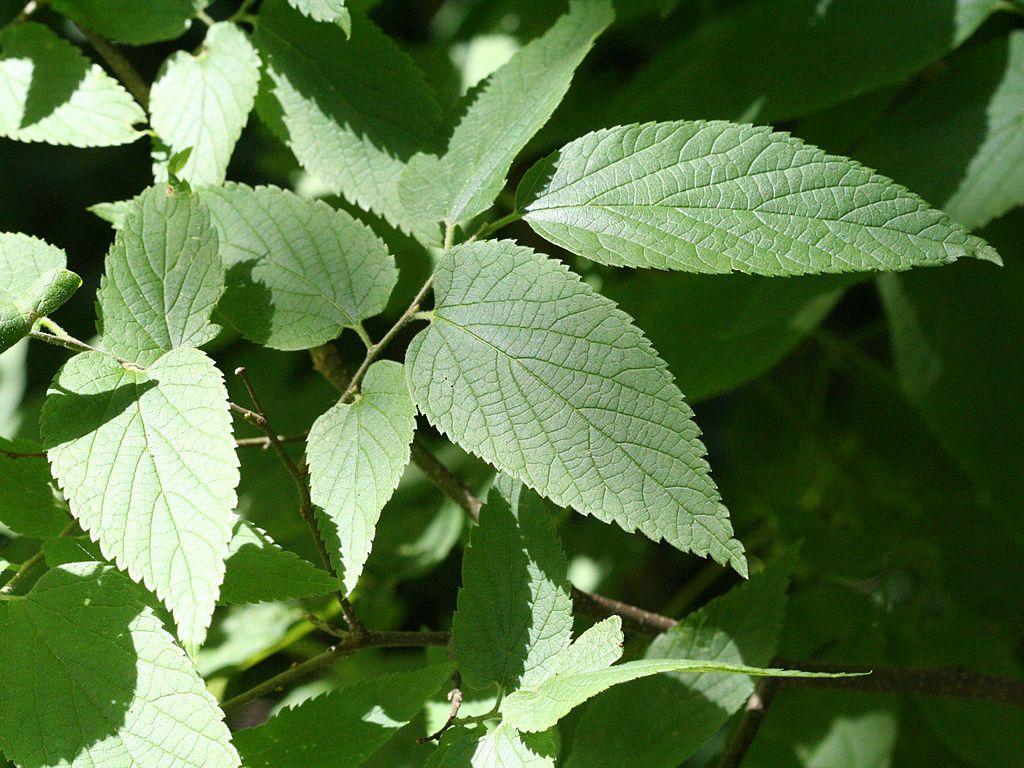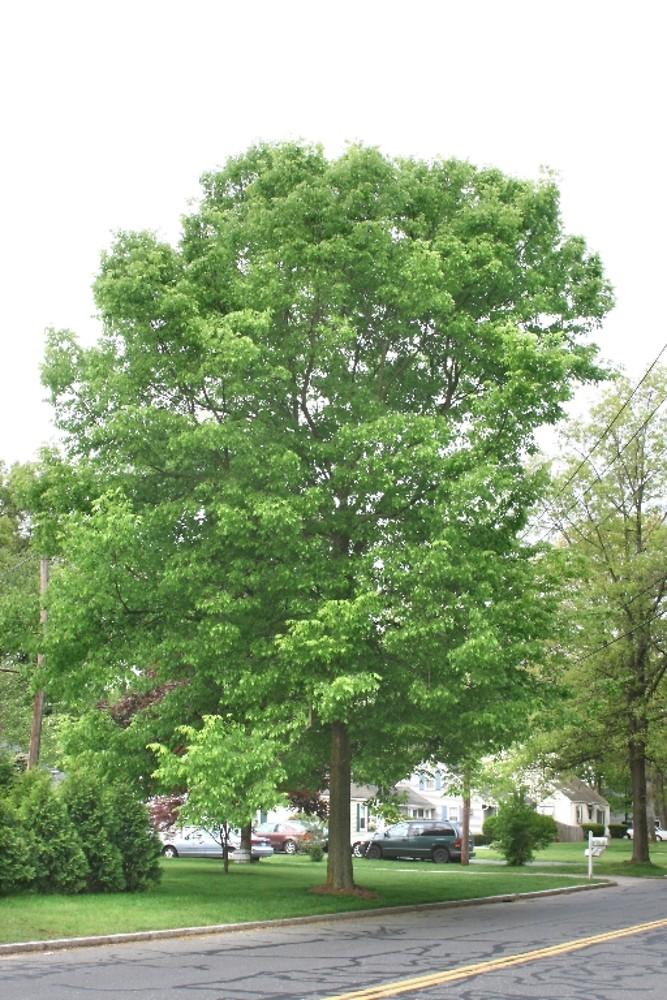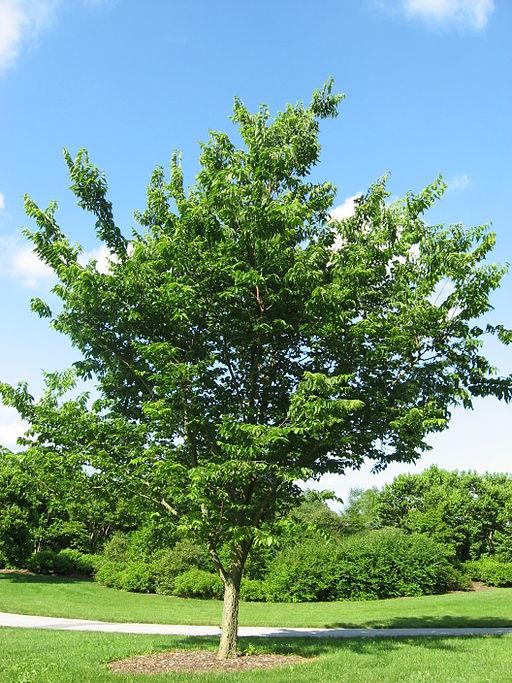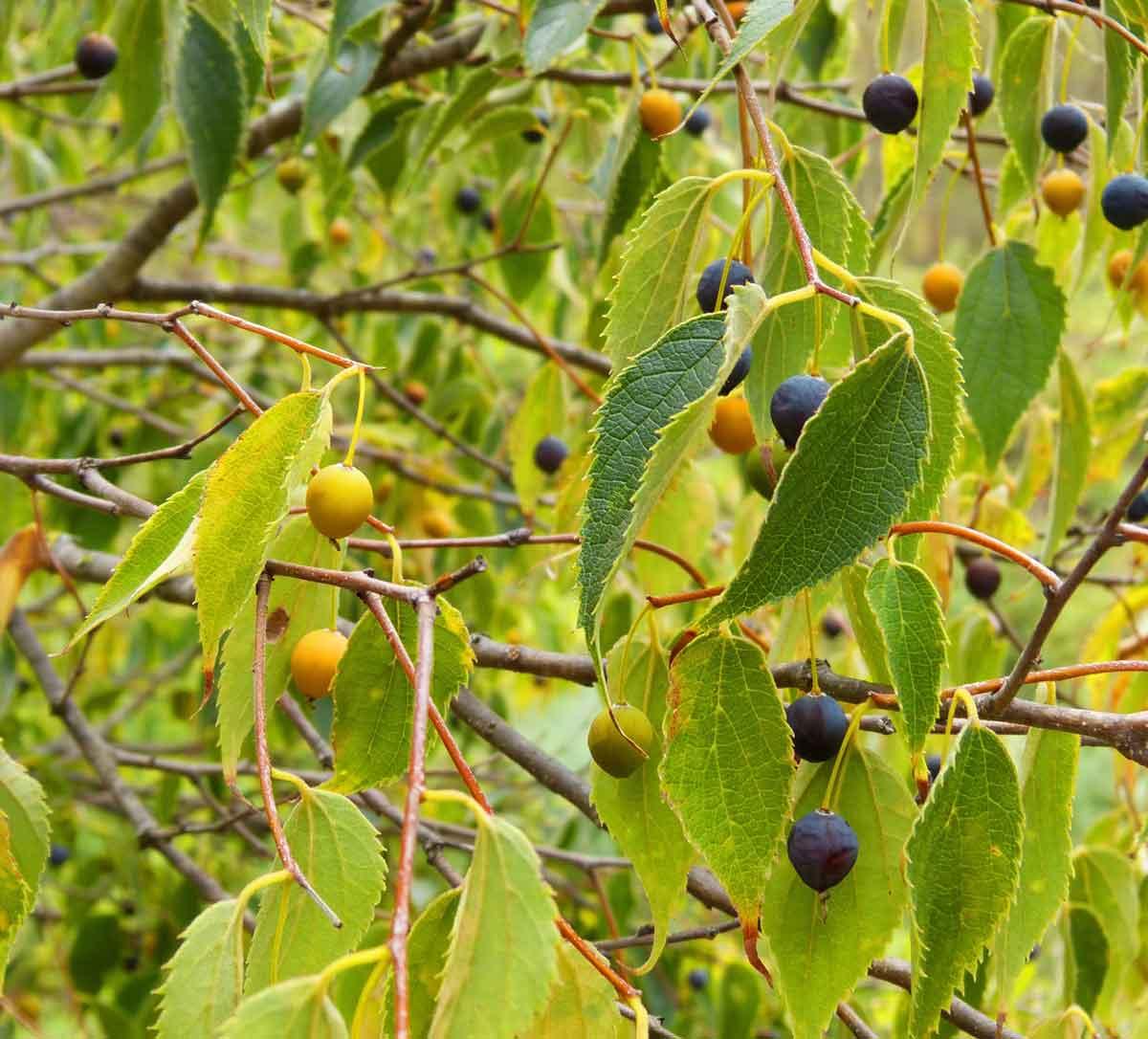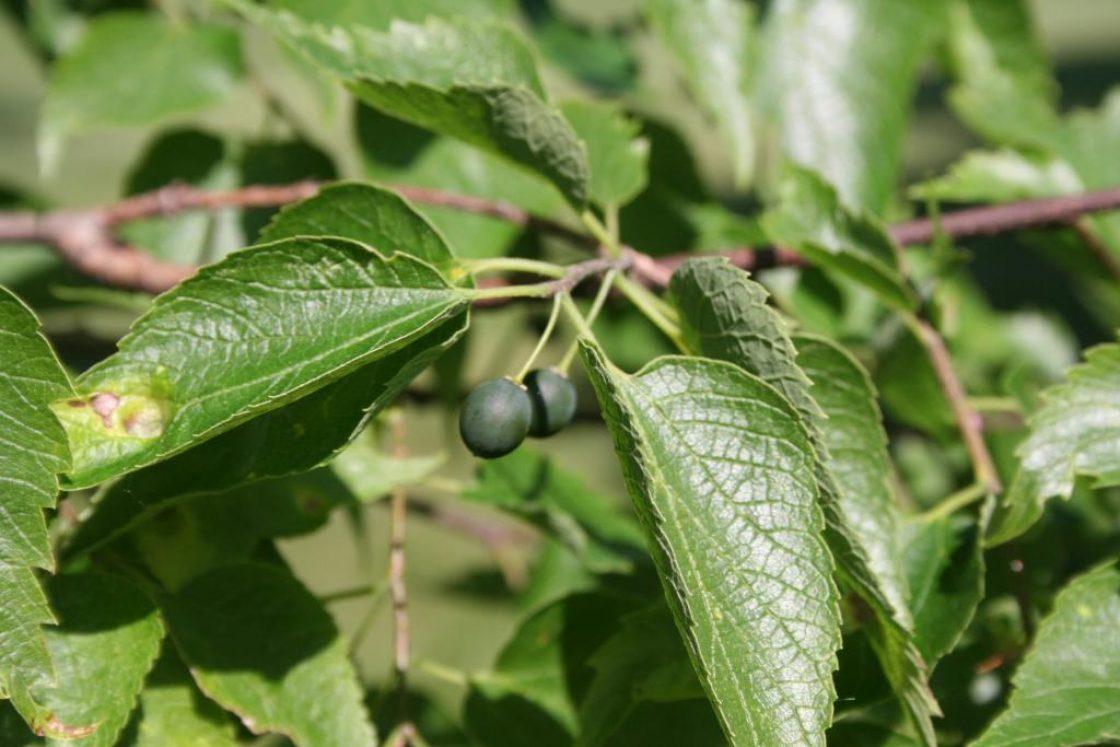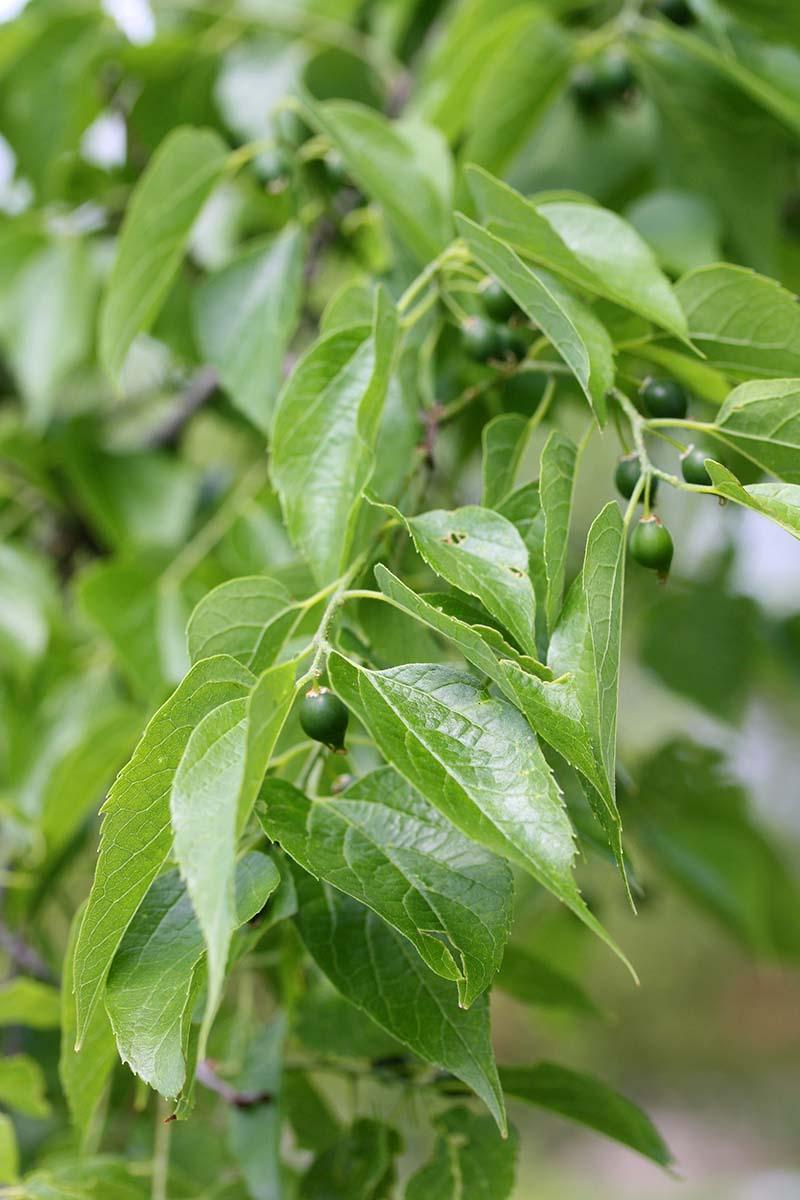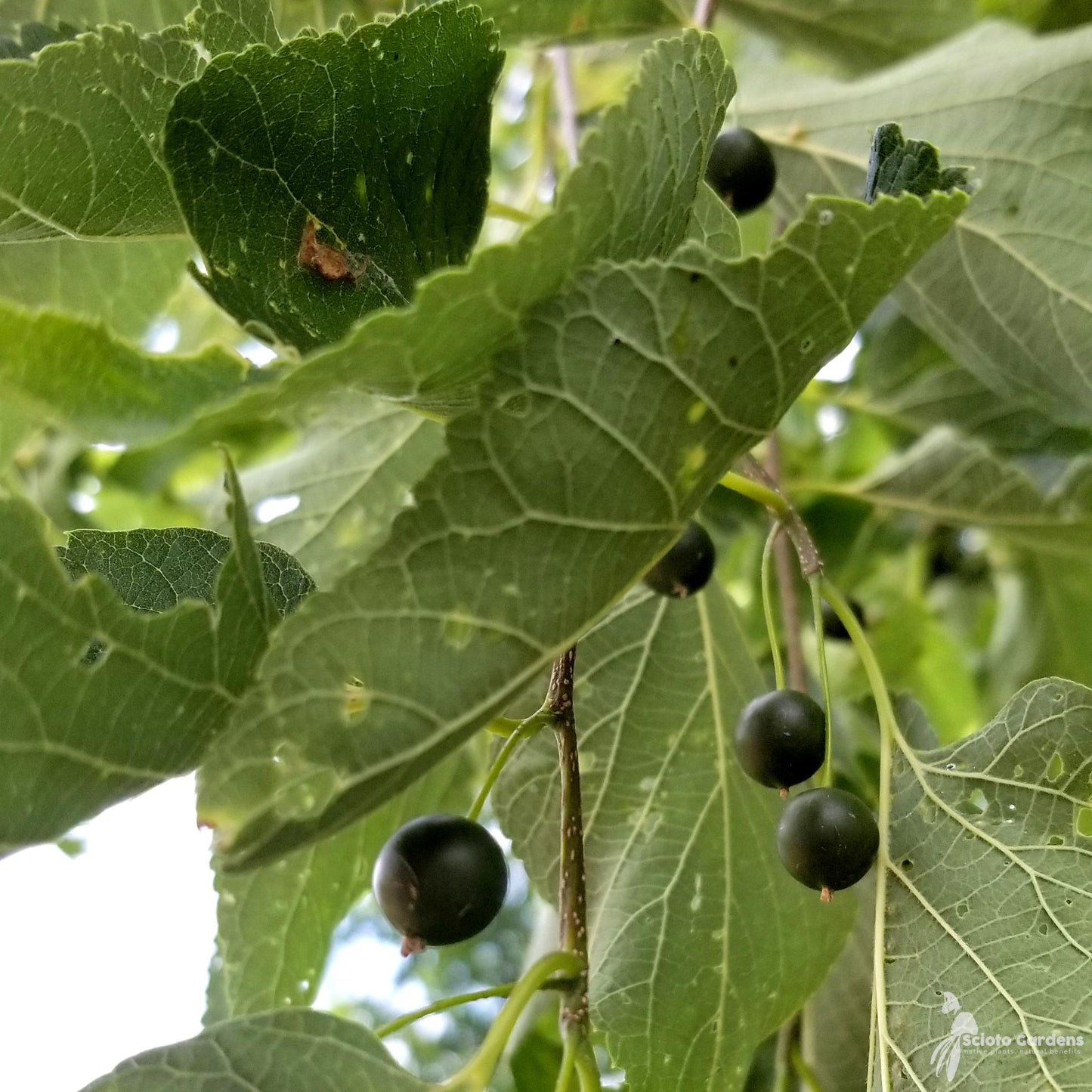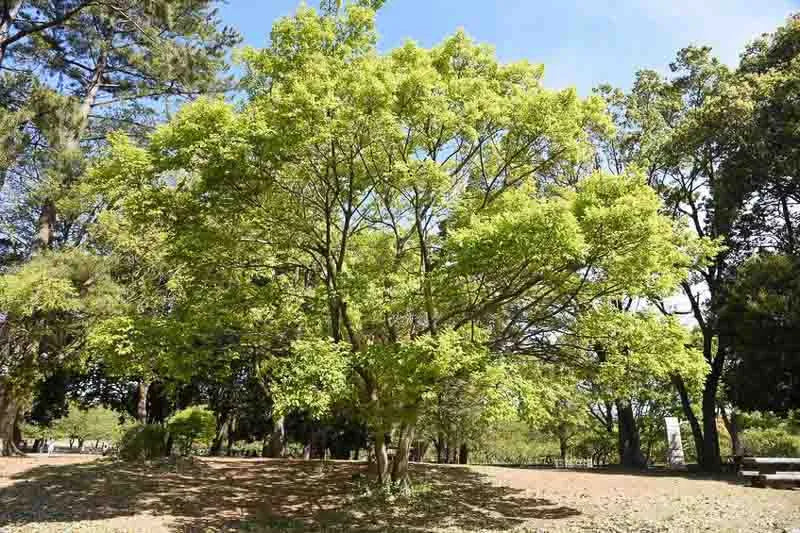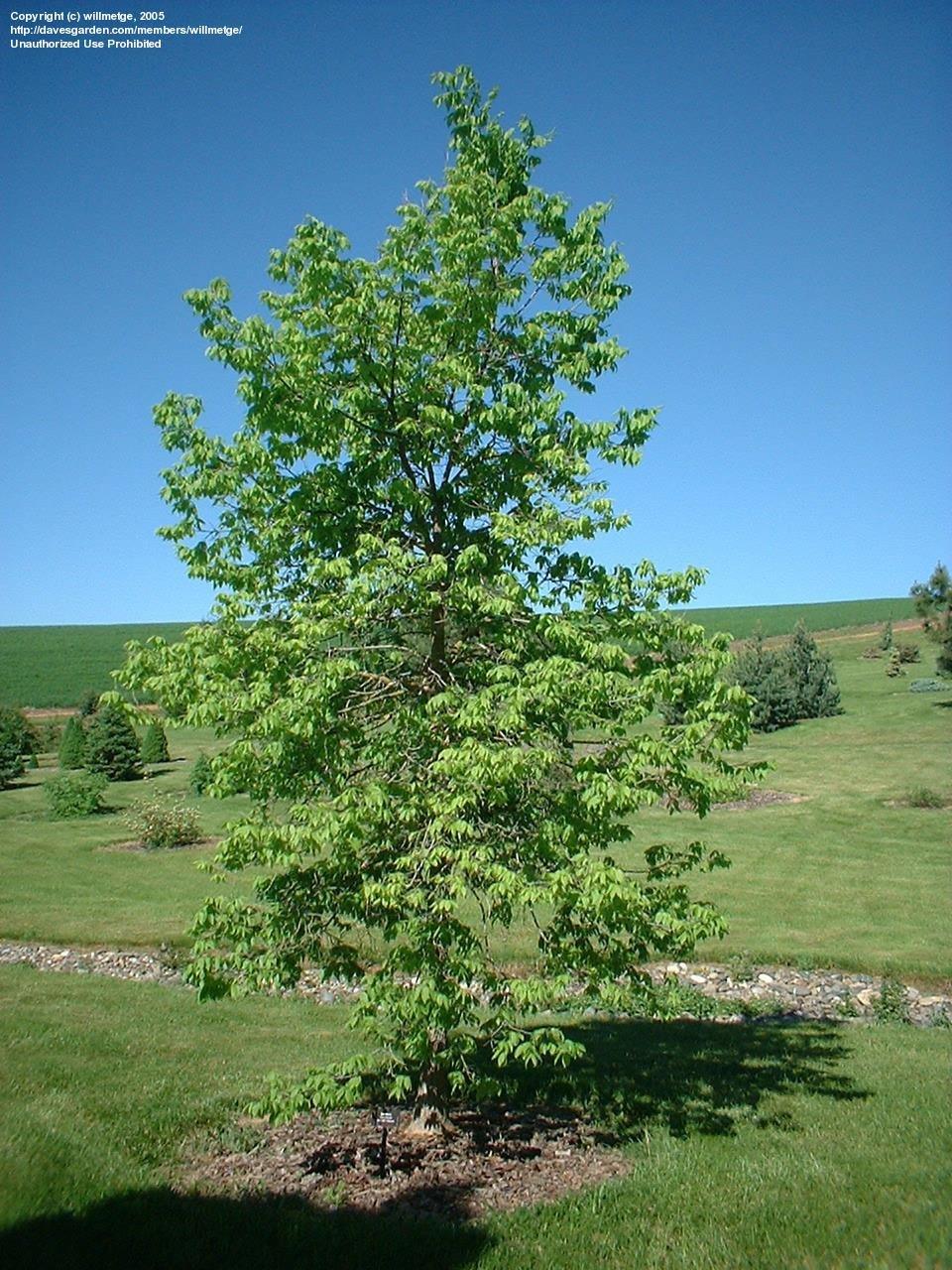1
/
of
22
Common Hackberry-Celtis occidentalis-Adaptable and resilient tree 2-2.5" cal B&B
Common Hackberry-Celtis occidentalis-Adaptable and resilient tree 2-2.5" cal B&B
Regular price
$1,160.00 USD
Regular price
$1,508.00 USD
Sale price
$1,160.00 USD
Unit price
/
per
Shipping calculated at checkout.
SKU:nts1629-redcrocus
Couldn't load pickup availability
Celtis occidentalis 'Hackberry'
Description
The Common Hackberry is a deciduous tree known for its adaptability and resilience. It features a distinctive bark with corky ridges and produces small, dark purple fruits that attract wildlife. Its leaves are simple, serrated, and turn yellow in the fall.
Suggested Uses
Ideal for urban landscapes, parks, and naturalized areas. It provides excellent shade and is often used in windbreaks and as a street tree due to its tolerance to pollution and poor soil conditions.
Plant Details
-
 Botanical Name: Celtis occidentalis 'Hackberry'
Botanical Name: Celtis occidentalis 'Hackberry' -
 Common Name: Common Hackberry
Common Name: Common Hackberry -
 Size & Growth: 40-60 feet tall, 40-50 feet wide
Size & Growth: 40-60 feet tall, 40-50 feet wide -
 Hardiness Zones: 3-9
Hardiness Zones: 3-9 -
 Foliage Type: Deciduous
Foliage Type: Deciduous -
 Bloom Time: Spring
Bloom Time: Spring -
 Growth Rate: Medium to fast
Growth Rate: Medium to fast -
 Light Requirements: Full sun to partial shade
Light Requirements: Full sun to partial shade -
 Attracts Pollinators: Yes, attracts birds and butterflies
Attracts Pollinators: Yes, attracts birds and butterflies -
 Indoor Friendly: No
Indoor Friendly: No -
 Container Friendly: No
Container Friendly: No -
 Deer Resistant: Yes
Deer Resistant: Yes -
 Pet Warning: Non-toxic to pets
Pet Warning: Non-toxic to pets -
 Fragrant: No
Fragrant: No -
 Cut Flower: No
Cut Flower: No -
 Grows Well With: Oaks, Maples, and other native trees
Grows Well With: Oaks, Maples, and other native trees
Care Tips
-
 Planting Instructions: Plant in spring or fall, in a location with full sun.
Planting Instructions: Plant in spring or fall, in a location with full sun. -
 Soil Moisture: Prefers moist, well-drained soil but can tolerate drought once established.
Soil Moisture: Prefers moist, well-drained soil but can tolerate drought once established. -
 Soil Type: Adaptable to a wide range of soil types, including clay, loam, and sandy soils.
Soil Type: Adaptable to a wide range of soil types, including clay, loam, and sandy soils. -
 Humidity: Tolerates a range of humidity levels.
Humidity: Tolerates a range of humidity levels. -
 Pruning Instructions: Prune in late winter to early spring to maintain shape and remove dead branches.
Pruning Instructions: Prune in late winter to early spring to maintain shape and remove dead branches. -
 Winter Care: Mulch around the base to protect roots in colder climates.
Winter Care: Mulch around the base to protect roots in colder climates. -
 Planting Depth: Plant at the same depth as the nursery pot.
Planting Depth: Plant at the same depth as the nursery pot. -
 Fertilization: Fertilize in early spring with a balanced fertilizer if needed.
Fertilization: Fertilize in early spring with a balanced fertilizer if needed. -
 Special Care: Monitor for common pests such as aphids and scale insects.
Special Care: Monitor for common pests such as aphids and scale insects.
Share
